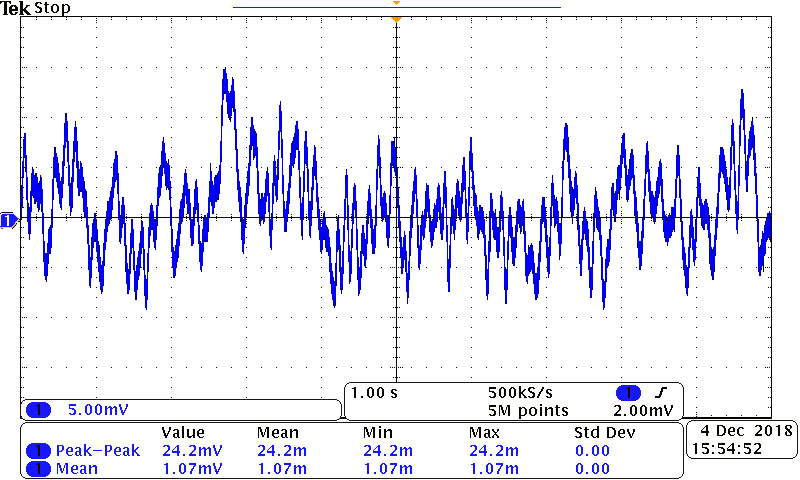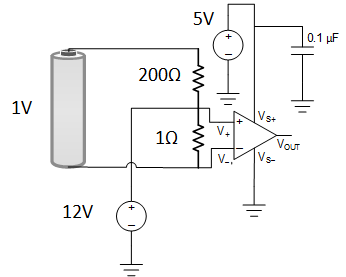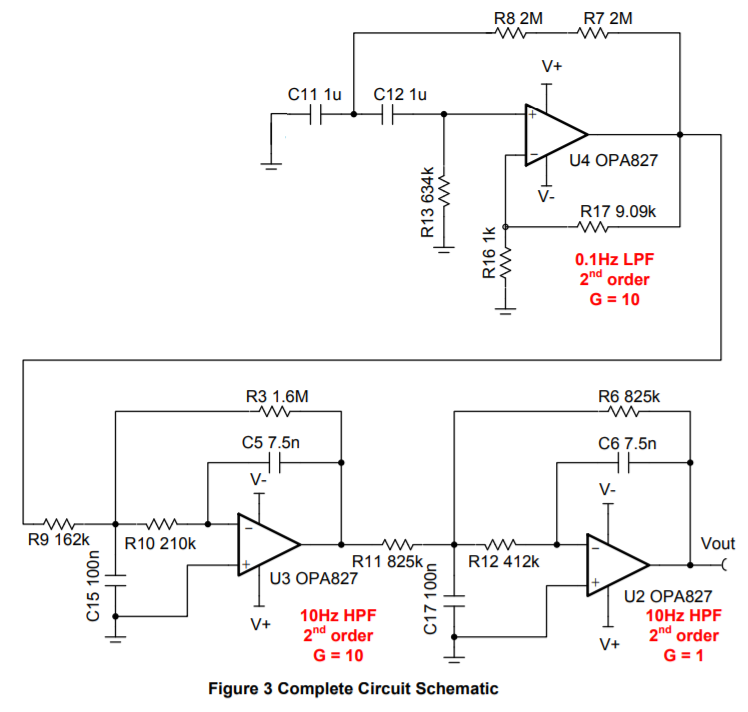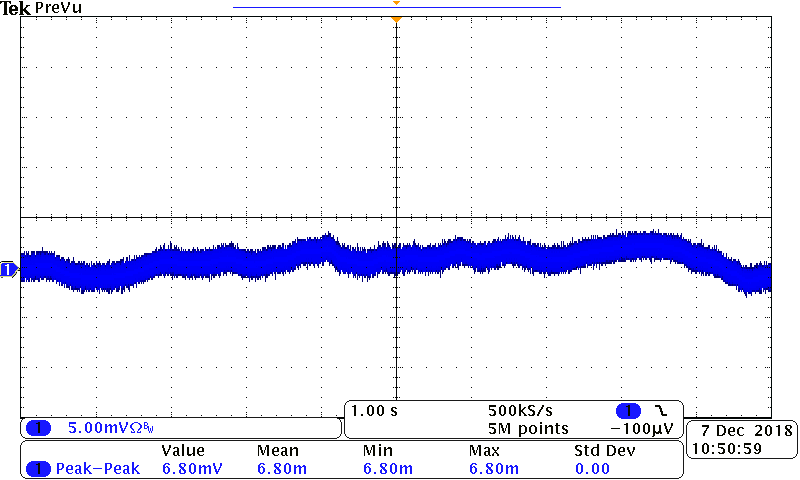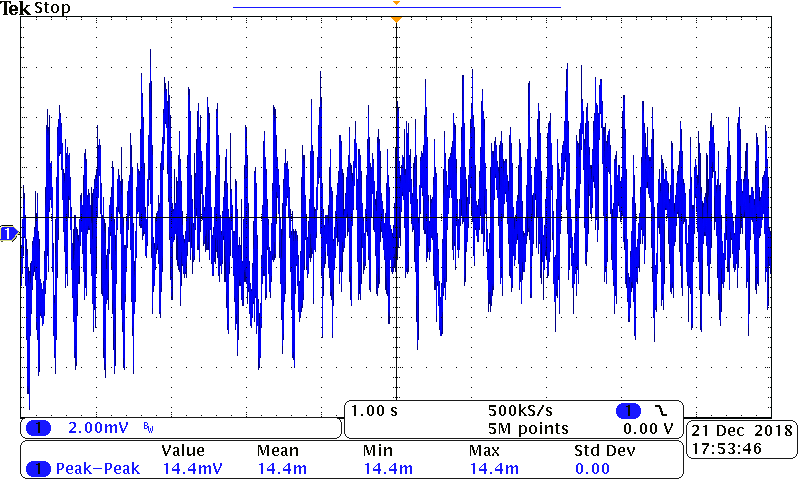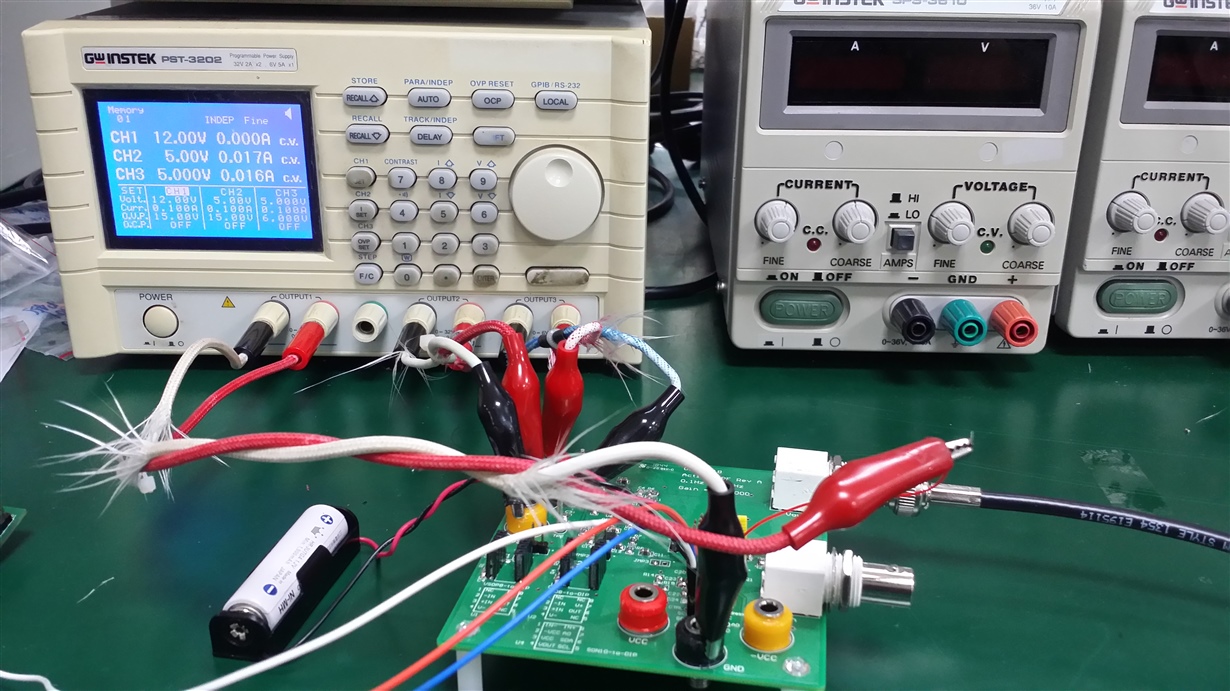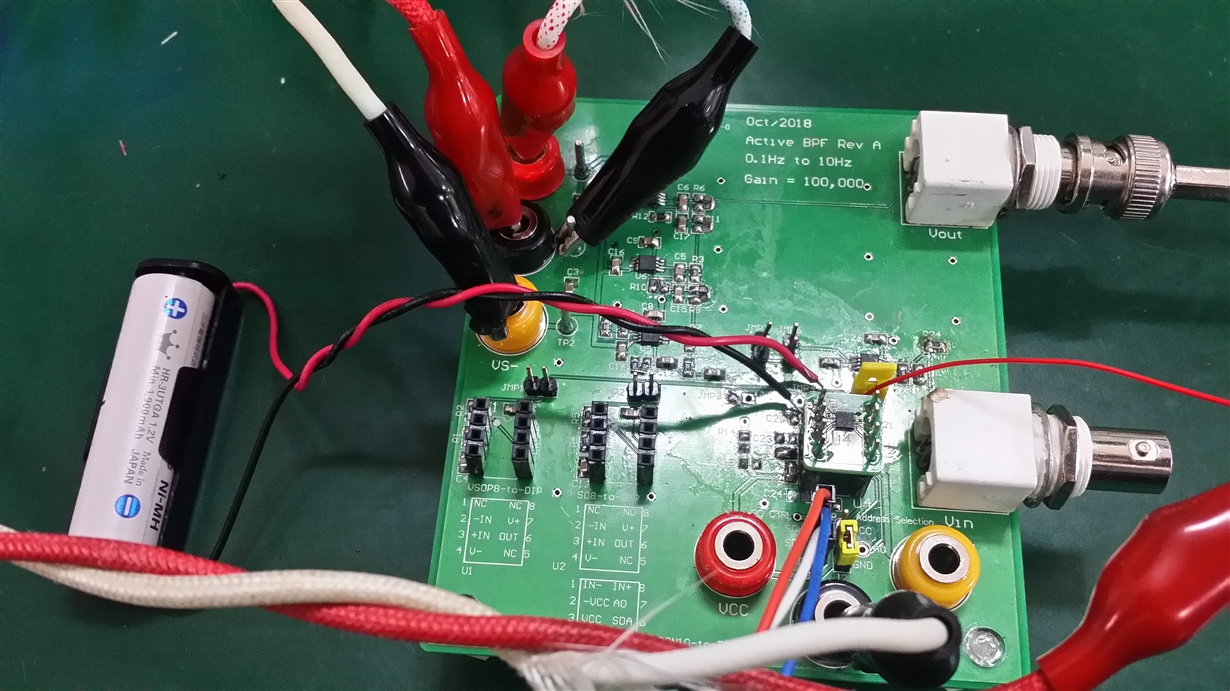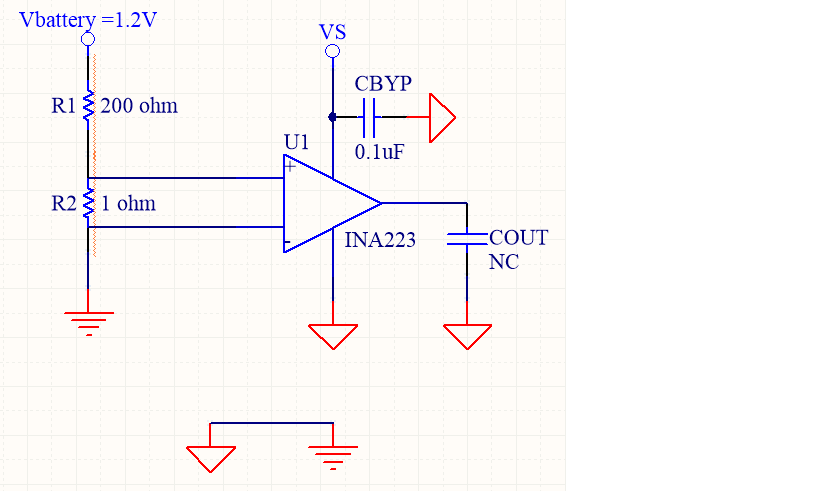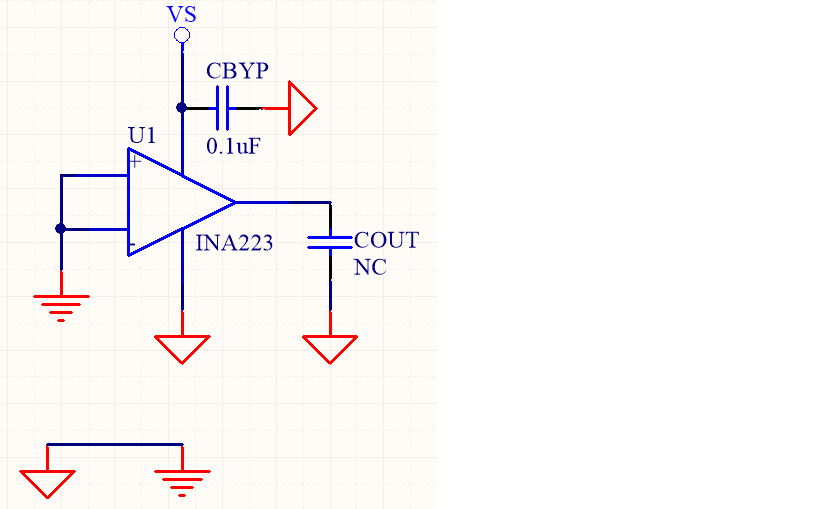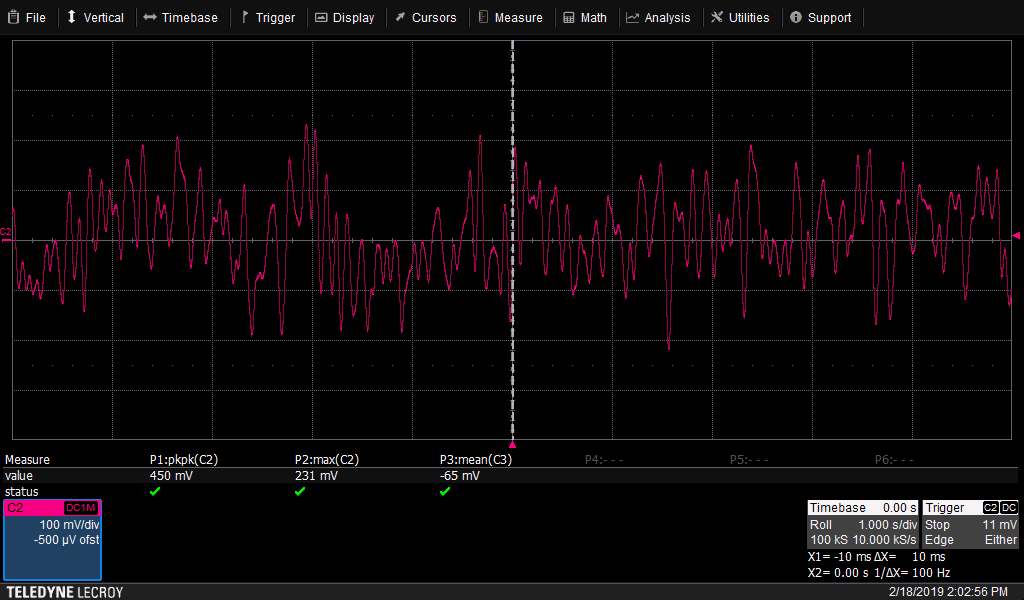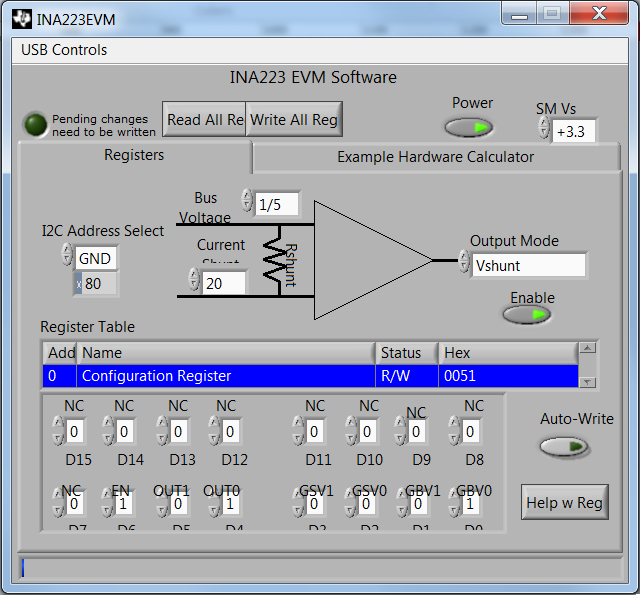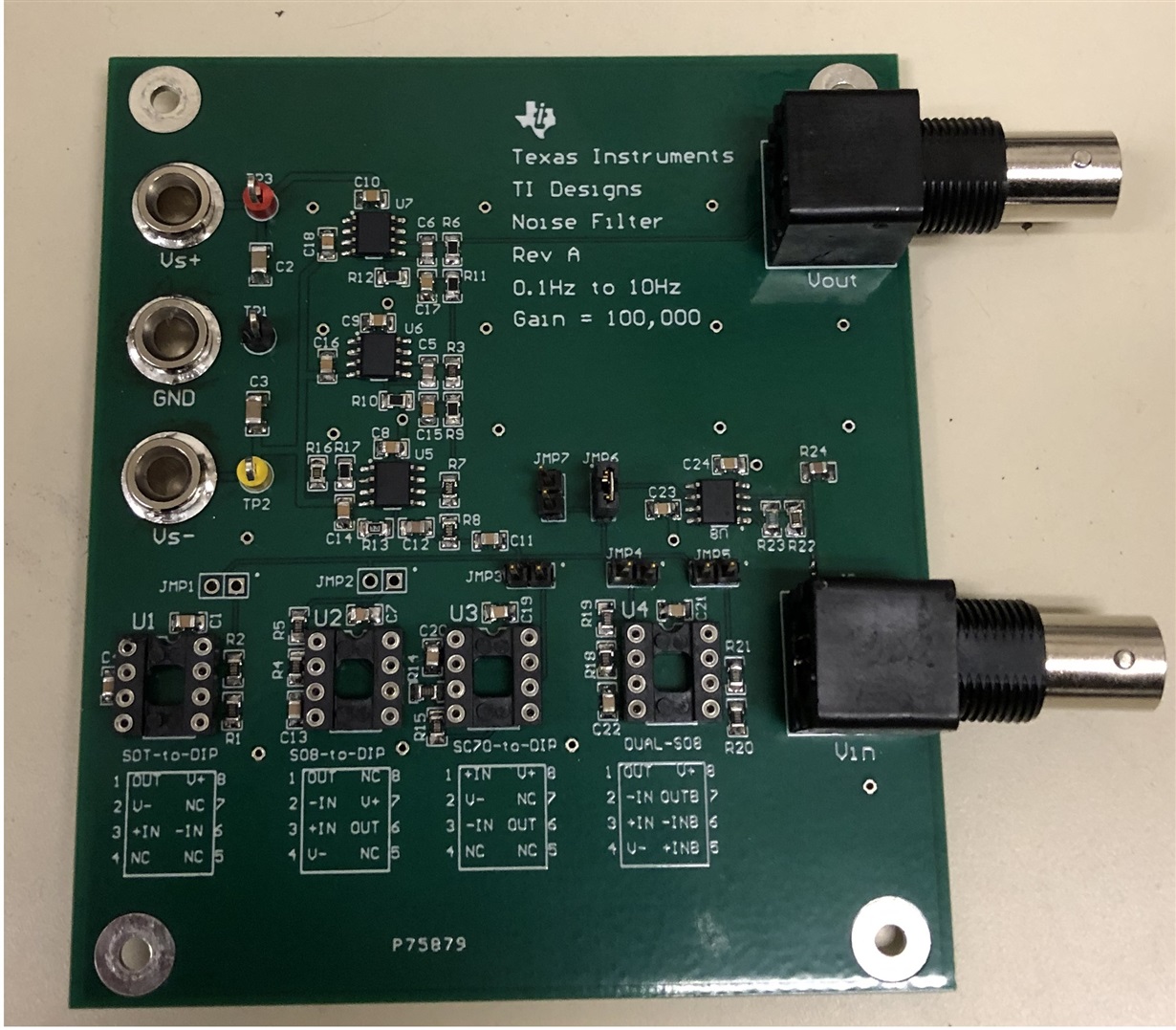Other Parts Discussed in Thread: OPA827,
Hi Sir
For correlating figure 28 “0.1Hz to 10Hz Voltage Noise”
We builds up active filter as TI verified design mentioned in document #SLAU522
And take OPA827 as DUT, briefly connecting and wiring without shielding can.
The resulting waveform is approximate and satisfied as the attachment (PK-Pk = 24.2mV) but not INA223 while using as DUT instead
OPA827
According to figure 28 of INA223, the estimation should be
(1) Gain = 20
VOUTPK-PK = 200nV/ Div x 6 Div x 20 (Gain) X 100 (Filter Gain) = 2.4mV
(2) Gain = 300
VOUTPK-PK = 200nV/ Div x 1 Div x 300 (Gain) X 100 (Filter Gain) = 6mV
The resulting is 10 times more than expectation; we have no idea what dominate the measurement, and how to identify
We simply set VCM about 1V and VIN+ - VIN- is about 5mV via voltage divider (200 ohm and 1 ohm), tie VIN – to GND.
Thanks for recommendation and measurement guide!
Regards
Ben


